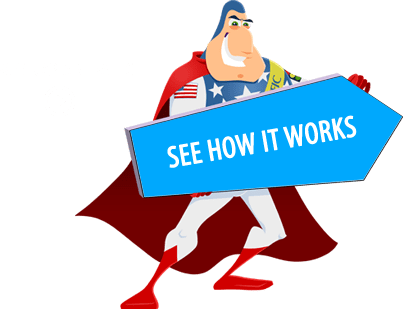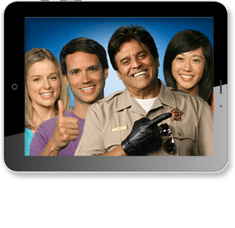History of Comedy Traffic School
When you talk about traffic schools, most people think about an actual school; one that is committed to sucking the fun out of the pupils. Which means people would much prefer throwing themselves into jail than taking another course under the strict observation of the teachers but wait!! Times have changed, the roads have cleared (kind of) and the days of strict schools are the days of the past!
That’s right, you’re not dreaming, you’re just living in the greatness of the future. You know what’s better? You get to take the course in the comfort of your own home while lounging out on your couch. That’s right, the comedy traffic school has brought about traffic education like never before.
But wait! While you sit around marveling at the knowledge that has been bestowed on you just now, don’t you want to know how Comedy Traffic School began? Well here’s your chance to find out!
It all starts here!
The Comedy Traffic School started off as your everyday average traffic school dedicated to educating it’s pupils on the etiquettes of driving until one day, someone understood that not everything needs to be as boring and dry as the average high school kid’s curriculum. And thus started the change that was seen to bring an impact to the masses looking to take the course! But while the evolution of the traffic school was slow, it eventually lead to the introduction of improv into changing the style and pattern of the way things were taught.
It’s the start
In the 70’s, traffic schools or driver improvement courses started off and immediately were dedicated to improving the driver’s ability to, well, drive. Their many courses mainly comprised of traffic safety, traffic tickets, defensive driving and several other aspects as well. However, noticing a change in the interest of drivers to sit back in a lonely basement, listening to someone ramble on sparked an idea. While this idea used the same basic concept of courses, it came with a simple twist: improv and comedy- a combination that attracted much more attention and much more audience.
Needless to say, their basic structuring of courses is much the same. All that’s changed now is that:
- It uses humor to convey the importance of safe driving
- It makes you take interactive courses where you are able to use your creativity to define your understanding
- Allows you to study from the comfort of your home as well
- Allows phone or chat for students failing to follow the courses when studying from home
- Offers flexible timings for students working in a classroom setting
These are just the basic improvisations that were introduced over time. It effectively allows students to place their convenience and interests in order to change the path of learning.





